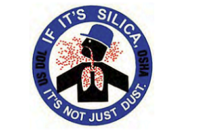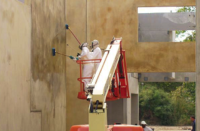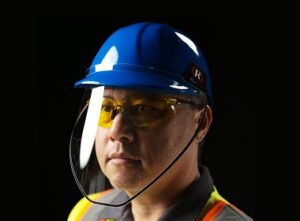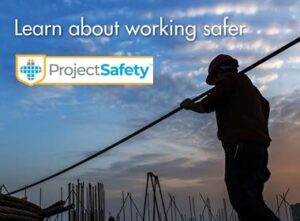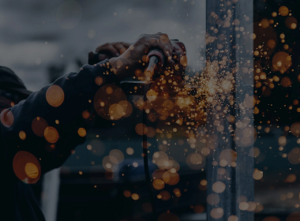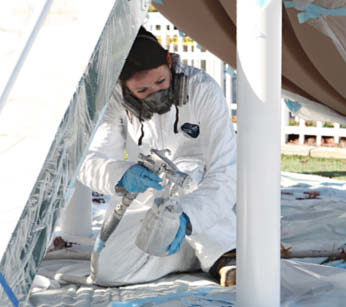
As enforcement of the most-recent rules for silica dust exposure loomed on the horizon last year, many people were concerned they’d all be working in respirators or hoods.
Instead, incorporating more wet methods into some jobs and adding better vacuum systems to equipment went a long way toward resolving dust concerns. It’s the approach that Dr. Dan Anna, past president of the American Industrial Hygiene Association, says his profession prefers.
“The focus of the industrial hygienist is to do what we can to avoid having to use PPE,” he says. “There have been a lot of technological advances that seem really simple, but the tools and equipment are there for us to look at opportunities to eliminate potential hazards.”
Probably nowhere is technology more likely to soon have an impact than around heat safety. There’s nothing like a hot, humid summer day to increase the danger of heat stroke, so wearable monitoring devices for checking heartbeat and other health indicators may soon be incorporated into common items such as eyeglasses, hardhats and even shoes.
Dennis Capizzi of MSA Safety says that while the technological curve in the safety industry is pretty much like a hockey stick, he expects items connected by Bluetooth or long-range radios will be regularly hitting the safety market.
Stacey Simmons of Bullard agrees. She believes the workplace of the future will be much more connected — to the advantage of people out in the field.
“Imagine having biometrics where you can send a signal that you have a man down or a worker is over-heated, or their heart rate is elevated, possibly signalling a heart attack,” she says. “Technology is going to play a big part in the PPE area down the road.”
However, Anna sees it going beyond that. In the future, he expects wearable sensors to continue to be built into products, giving users a much better idea of when to dispose of the gloves that are no longer providing adequate protection or indicating time to change out a respirator cartridge.
It can even go beyond that, he says, making the job site of tomorrow much different than it is today.
“We’ll have a better look at the big picture of what the impact of cutting concrete eight hours a day does to a person physiologically,” he says. “We’ll have more data and information, and that will get us thinking about what we have to do to the tools and equipment they’re using.
“This new ability to capture information should bring a fascinating evolution over the next few years.”
